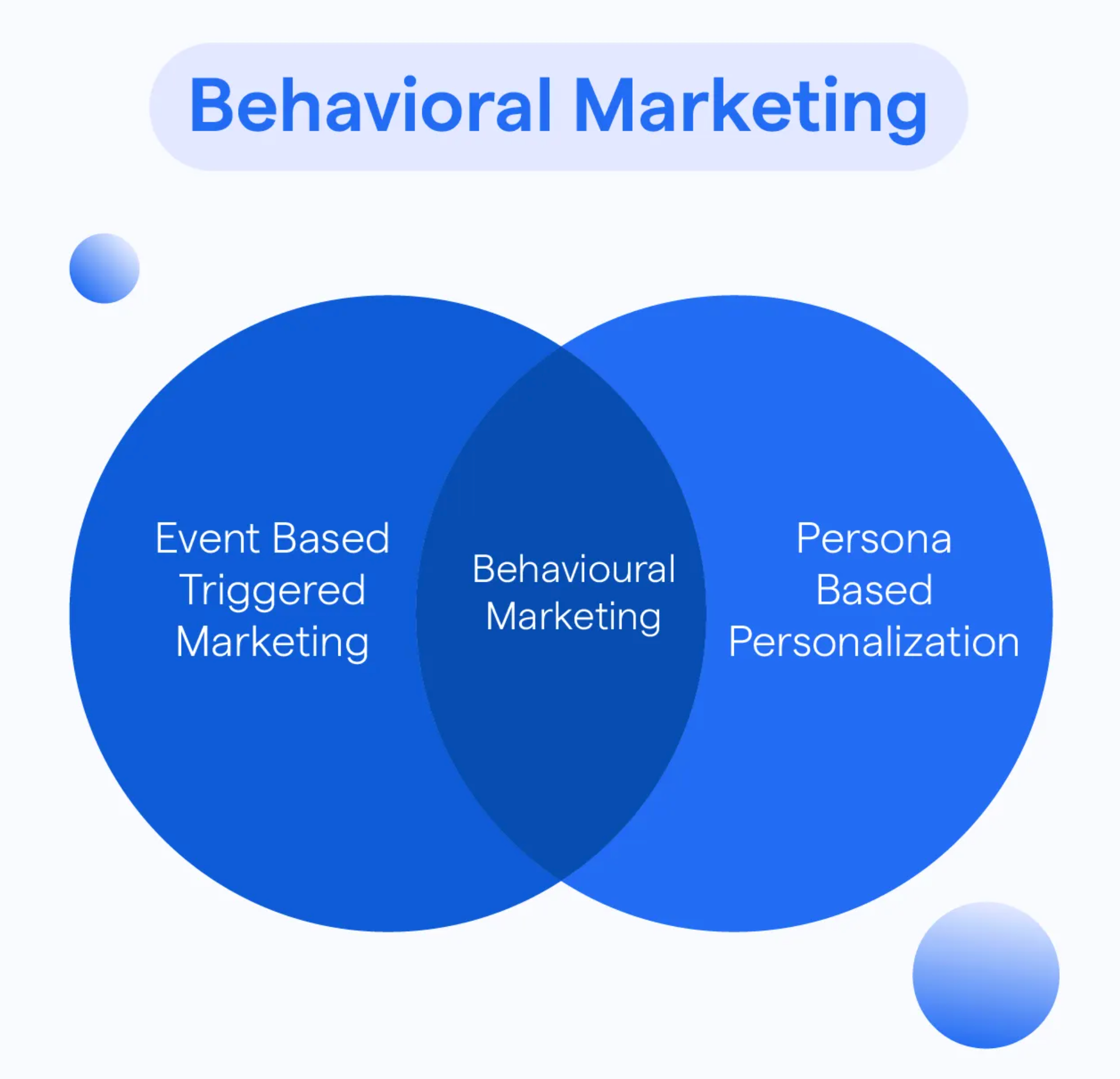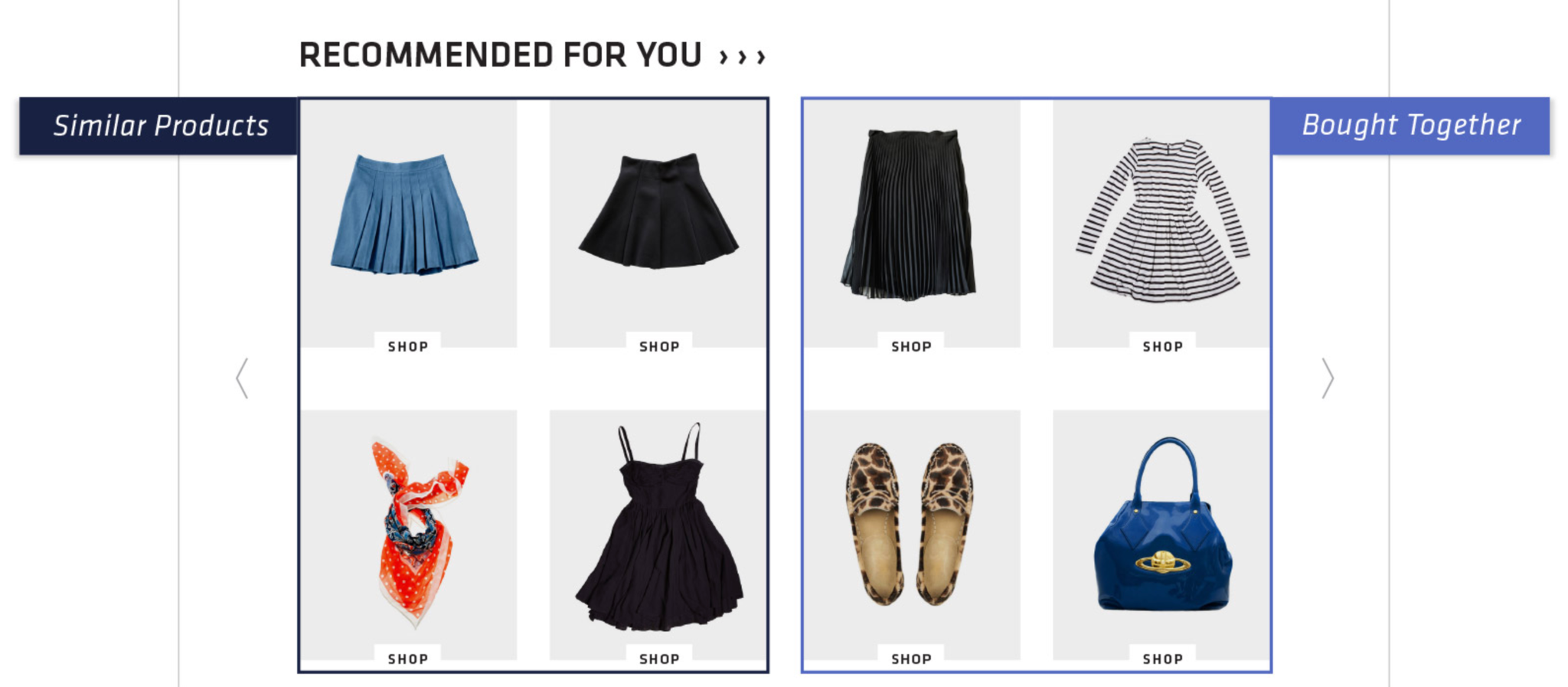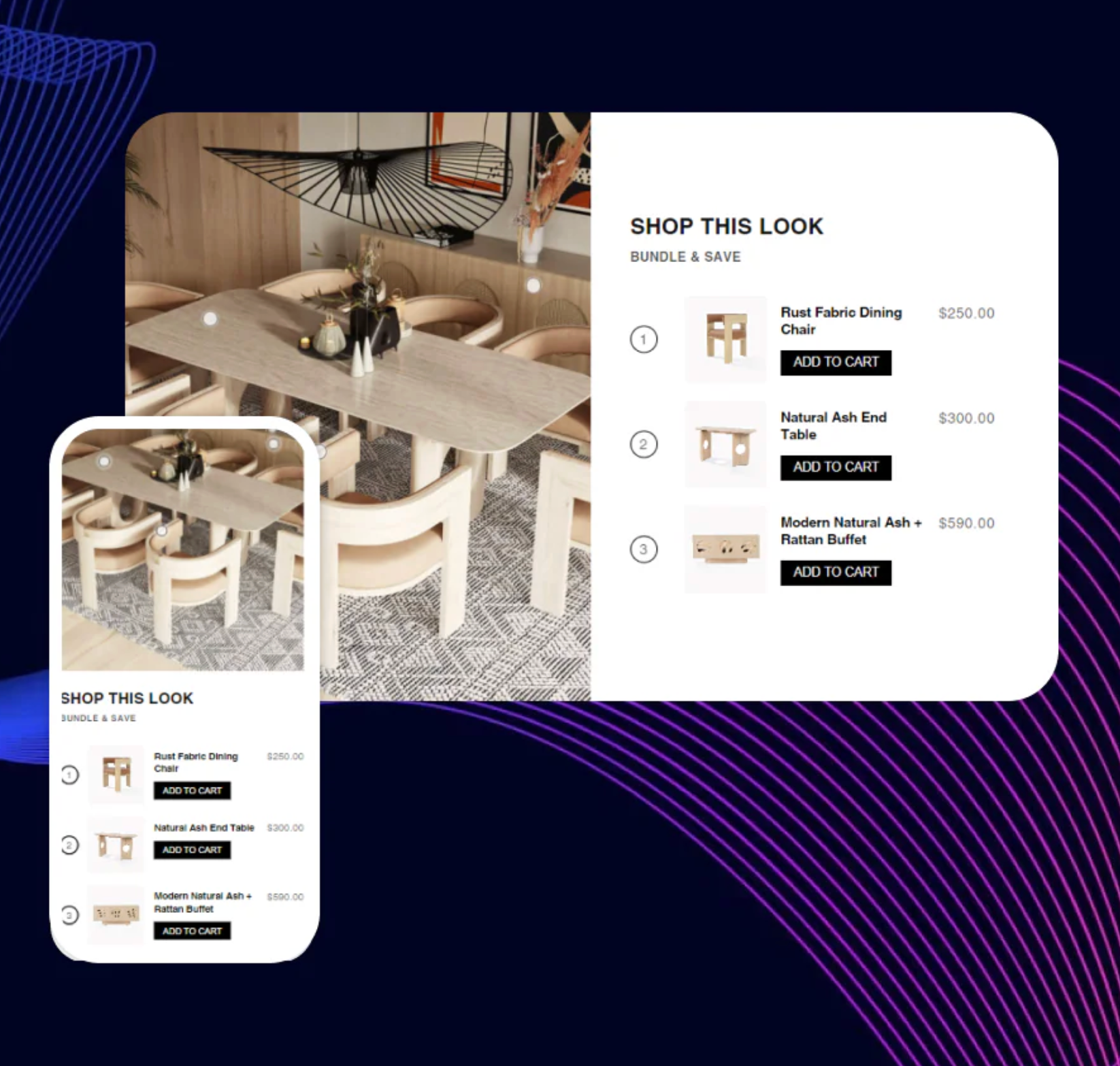
In the digital age, customer expectations have shifted dramatically, people no longer respond to one-size-fits-all marketing. Instead, they expect brands to understand their preferences, anticipate their needs, and deliver experiences that feel tailored to them. This is where behavioral marketing shines. By analyzing real customer actions, like browsing patterns, purchase history, and engagement levels, businesses can move from reactive campaigns to proactive strategies that predict what customers will do next. This approach can not only boost conversions but also builds lasting trust and loyalty.
To understand how behavioral marketing works in practice, let’s explore why it matters, the key data points behind it, and the strategies businesses can use to anticipate customer actions effectively.

Behavioral marketing is the practice of collecting and analyzing customer data based on interactions, such as browsing activity, purchase history, search behavior, and engagement with emails or ads. This data is then used to segment audiences and deliver targeted content or offers. For example, an online fashion store can retarget a visitor who abandoned their cart with a discount email, or suggest complementary products based on previous purchases.
Behavioral marketing isn’t just a trend, but it’s a smarter way to connect with customers by anticipating their needs and acting before they even ask. Instead of sending generic campaigns, businesses can tailor messages and offers that feel meaningful, which improves both customer experience and business outcomes. Here are some of the most important benefits companies gain when applying behavioral marketing:
While behavioral marketing offers many advantages, it also brings challenges that businesses must navigate carefully. Mismanaging data or overstepping customer boundaries can weaken trust instead of building it. For companies to succeed, they need to recognize these obstacles and plan strategies to address them:
The success of modern marketing lies in understanding customers beyond demographics. Behavioral marketing digs deeper by tracking real actions, which helps businesses predict what people are likely to do next. Here are some of the main reasons it’s so valuable:
To make behavioral marketing effective, businesses must know which data to track and analyze. Different types of customer actions reveal specific insights, helping marketers design targeted strategies. Below are the most important data points to focus on:
Anticipating customer behavior isn’t about guesswork, but it’s about reading the signals shoppers leave through their actions. By analyzing browsing habits, purchase patterns, and engagement levels, brands can create more meaningful experiences that feel personal and timely. Below are some practical strategies businesses can use to turn behavioral data into smarter marketing decisions.
Traditional marketing segments customers by broad demographics, but behavioral segmentation goes deeper by grouping users based on how they actually interact with your store. Segments like “frequent browsers,” “cart abandoners,” or “loyal repeat buyers” allow you to tailor specific messages that resonate with their intent. For example, a fashion store could target “style explorers” who spend time browsing lookbooks but rarely purchase, offering them curated outfit suggestions to nudge them toward conversion.

Customers often expect brands to anticipate what they might want next, and predictive recommendation engines make this possible. By analyzing browsing history and past purchases, businesses can suggest relevant products that feel personalized. Amazon pioneered this strategy, but even smaller stores can achieve it. They can use Ryviu to import customer reviews from Amazon, and enhance recommendations by highlighting trending or highly rated products, which builds trust and guides purchase decisions.
Trigger-based marketing is all about sending the right message at the right moment. For example, a customer who abandons their cart might receive a reminder email, while someone who viewed the same product multiple times could get a limited-time discount notification. These automated responses reduce missed opportunities, and when paired with product reviews or social proof, they can be even more persuasive by addressing doubts that may have caused hesitation.
Acquiring new customers is costly, which is why retention strategies are so important. By tracking purchase frequency and customer activity, brands can design loyalty programs that reward engagement, keep buyers coming back, and prevent churn. For instance, offering points for reviews, repeat purchases, or referrals creates a cycle of ongoing value, encouraging customers to stay invested in your brand while providing you with more behavioral data for future campaigns.
Behavioral insights make it easier to suggest products that naturally complement what a customer is already interested in. If someone buys a laptop, offering accessories like a bag or mouse increases both order value and customer satisfaction. To make this strategy more effective, you can use Lookfy to showcase complete outfits (“shop the look”) or bundle recommendations directly on product pages.

To get the most value from behavioral marketing, businesses should approach it with a mix of strategy, responsibility, and experimentation. Success depends not only on technology but also on earning customer trust and continuously refining the process. Here are some practical best practices:
Behavioral marketing transforms raw data into meaningful insights that guide smarter decisions and more personalized experiences. When businesses anticipate customer actions, they reduce friction, deliver value at the right moment, and create deeper relationships that extend far beyond a single purchase. Of course, success requires balance, brands must respect privacy, unify their data, and avoid going too far with personalization. But when applied thoughtfully, behavioral marketing is more than just a tactic, it’s a long-term strategy for growth, retention, and competitive advantage in an increasingly crowded marketplace.